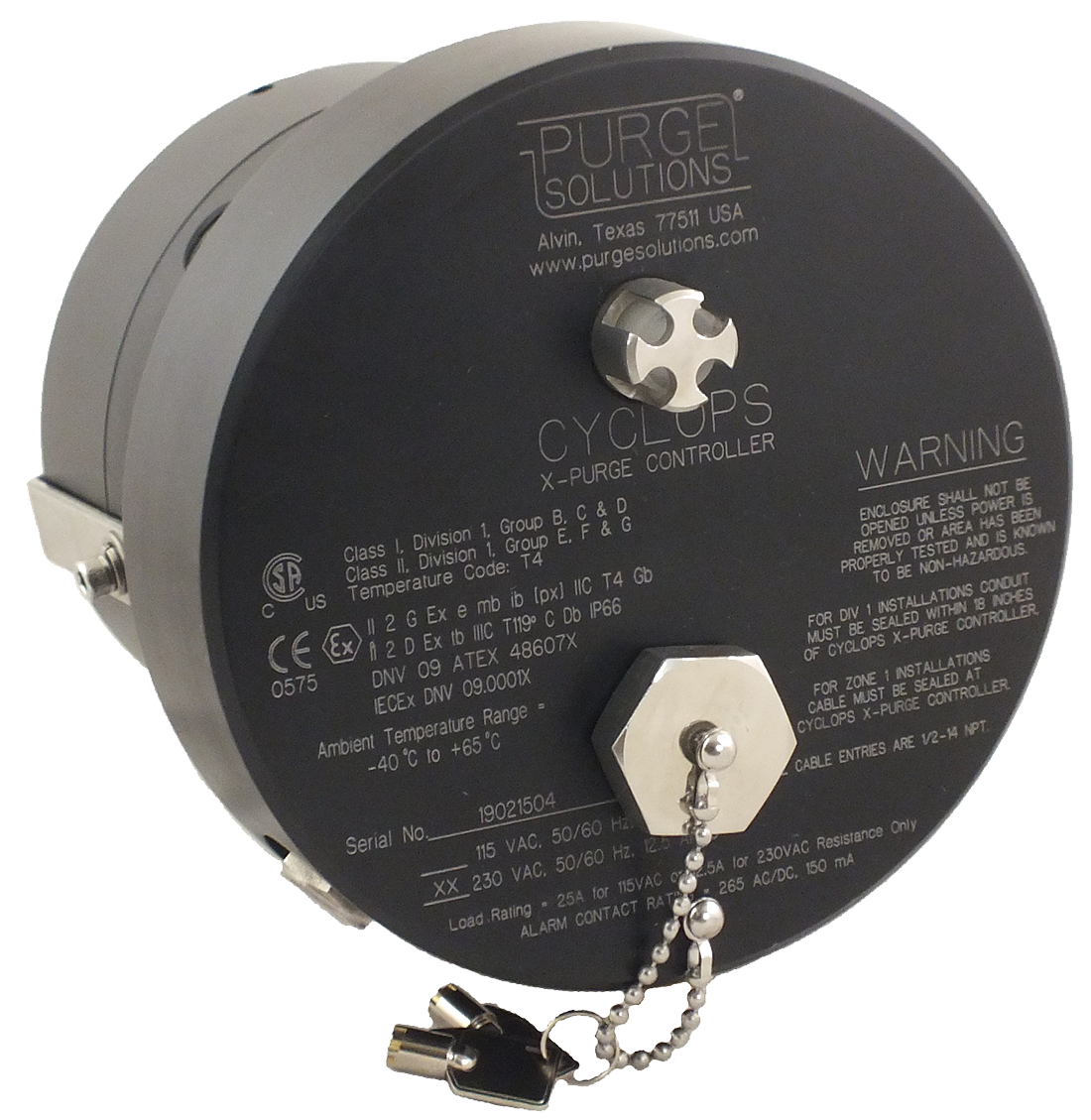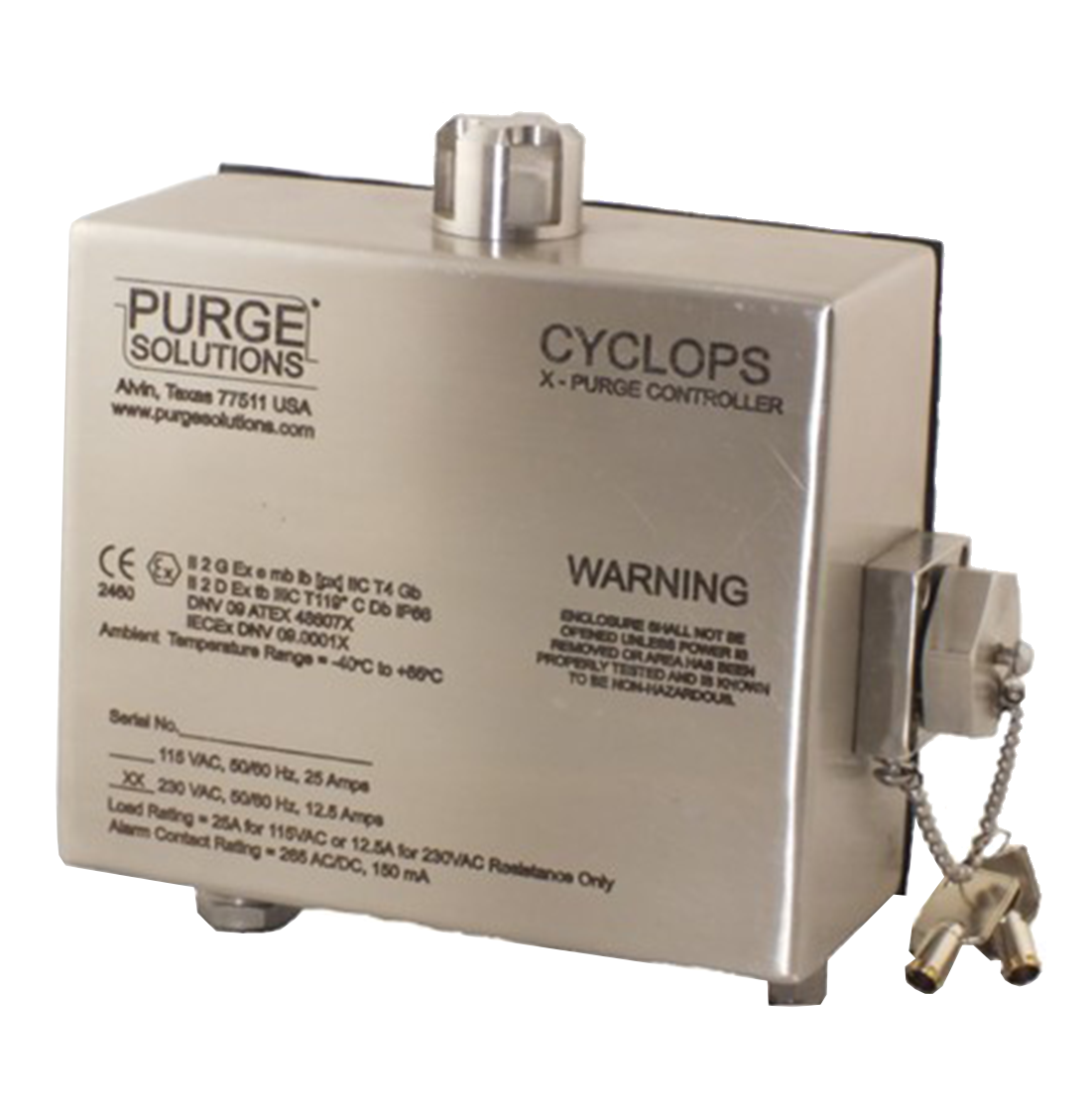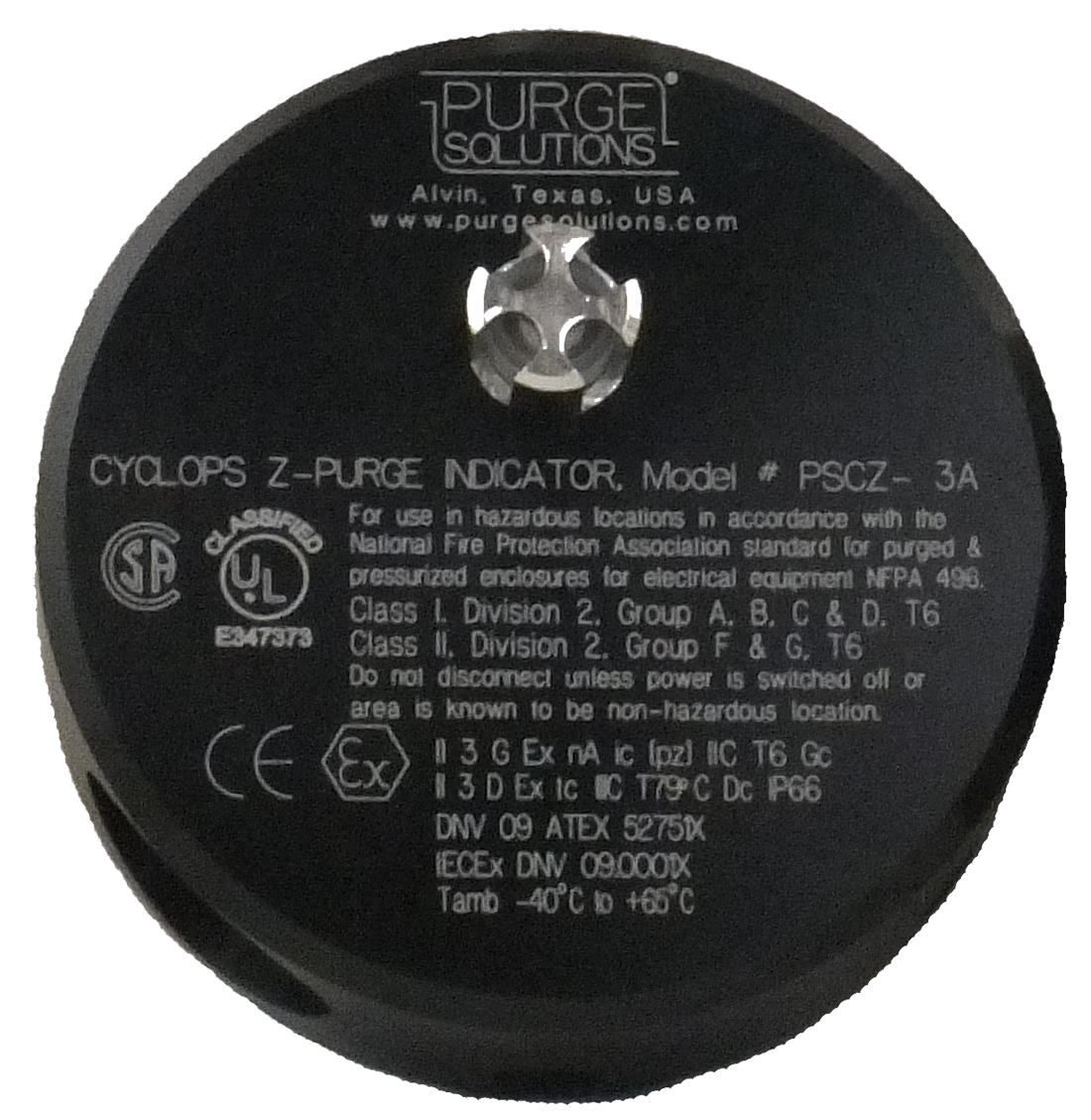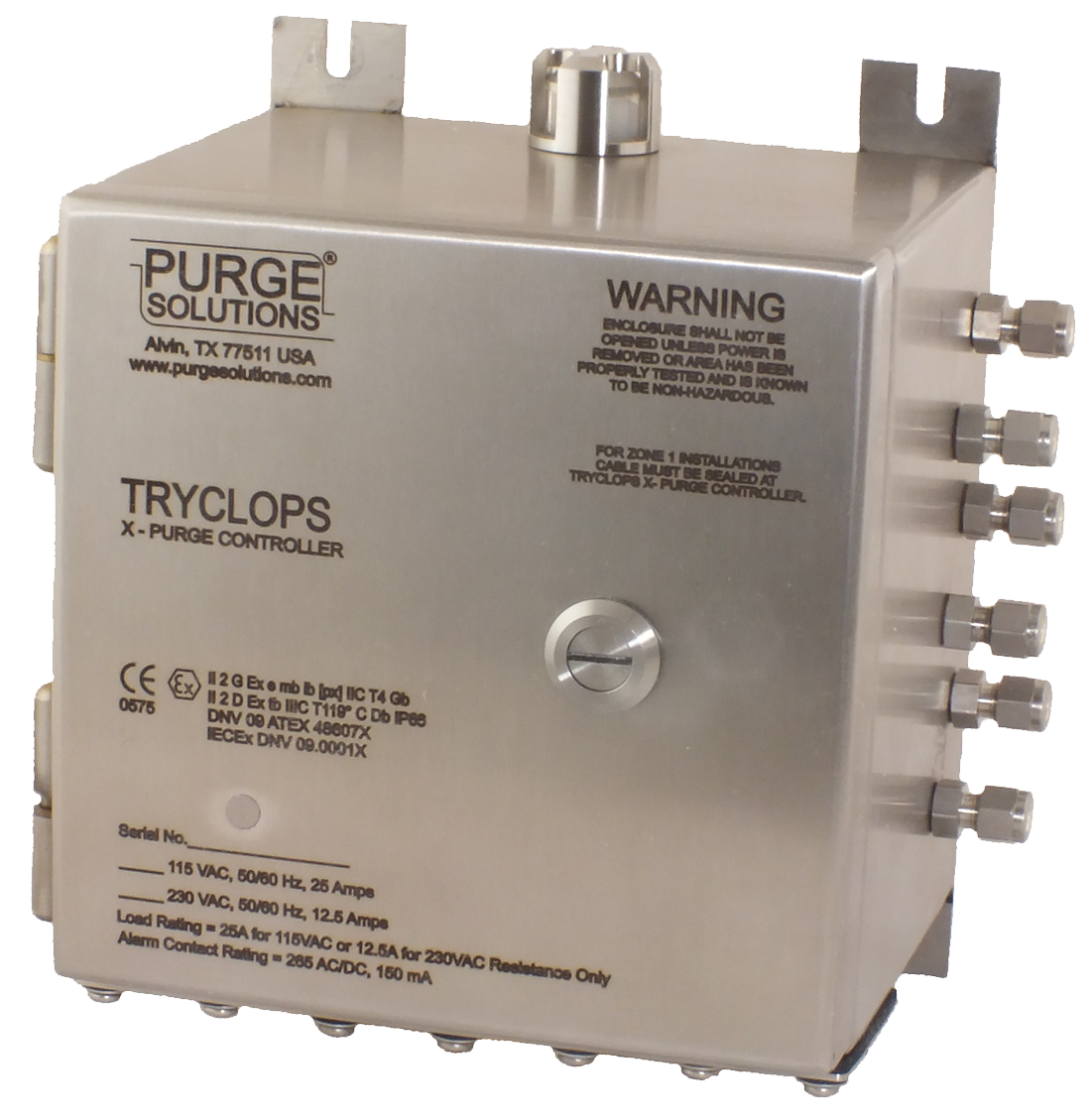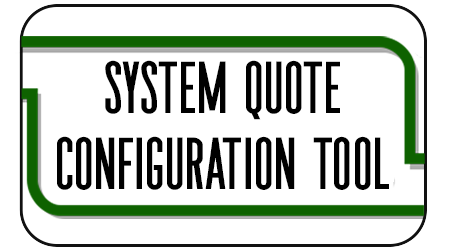Hazardous Area Classification
Nonhazardous or Unclassified: An area, location, or atmosphere, which is known to not contain any concentrations of ignitable, flammable or combustible vapor, gas, liquid or dust.
Division 2 and Zone 2: An area, location, or atmosphere, which is known not to contain any concentrations of ignitable or flammable vapor, gas, liquid or dust during normal operation and if it should occur will exist only during short periods, such as equipment failure, breakdown, or service and maintenance.
Division 1 and Zone 1: An area, location, or atmosphere, which is known to contain concentrations of ignitable or flammable vapor, gas, liquid or dust during normal operation and will exist frequently because of equipment failure, breakdown, or service and maintenance.
Division 1 and Zone 0: An area, location, or atmosphere, which is known to contain concentrations of ignitable or flammable vapor, gas, liquid or dust, which is present continuously or for long periods of time.
Types of Purging Definitions
Type Z - Purge
Type Z purging reduces the classification within a protected enclosure from Division 2 and Zone 2 to nonhazardous. Failure to maintain pressure within the protected enclosure shall be detected by an alarm or indicator. The dilution purge time can be a manual operation and once the enclosure has been purged of ignitable, flammable or combustible concentrations, only positive pressure is required to be maintained within the enclosure and it is not necessary to remove power from the protected equipment upon the loss of purge pressure, only alarm.
Type Y - Purge
Type Y purge and pressuization reduces the classification within the protected enclosure from Division 1 and Zone 1 to Division 2 and Zone 2. All equipment in the protected enclosure shall be approved for Division 2 and Zone 2 locations. Failure to maintain pressure within the protected enclosure shall be detected by an alarm or indicator. The purge time can be a manual operation and once the enclosure has been purged of ignitable, flammable or combustible concentrations, only positive pressure is required to be maintained within the enclosure and it is not necessary to remove power from the protected equipment upon the loss of purge pressure, only alarm at a location always monitored.
Type X- Purge
Type X-Purge: Type X purging reduces the classification within the protected enclosure from Division 1 and / or Zone 1 to nonhazardous. Failure to maintain pressure within the protected enclosure and / or adequate exhaust flow from enclosure vent shall be detected by an alarm or indicator. The dilution purge time shall be an automatically controlled operation and once the enclosure has been purged of ignitable or flammable concentrations, only positive pressure and adequate exhaust flow from enclosure vent are required to be maintained within the protected enclosure. However, it is necessary to remove power from the protected equipment upon the loss of purge pressure and / or inadequate exhaust flow from enclosure vent.
Purge Gas Inlet Definitions
Continuous Dilution Protective Gas Inlet Kit: Continuous dilution is a method of maintaining pressure in an enclosure in which after the enclosure has been purged below the required lower explosive limit (LEL) the protective gas is passed continuously through the enclosure at a required minimum overpressure and discharged to the outside atmosphere through an exhaust vent. The same protective gas flow rate is maintained during and after the purge cycle. Continuous dilution is normally used for maintaining and controlling heat buildup from the electronics within the pressurized enclosure by continuously exchanging protective gas through the enclosure to atmosphere.
Leakage Compensation Protective Gas Inlet Kit: Leakage compensation allows a higher volume of protective gas supply to be manually or automatically selected to speed up purge time, permitting a more-rapid connection or power, or restoration of power to protected electrical equipment, after service. When the purge cycle has elapsed, the large volume of protective gas can be manually or automatically turned off, which allows a volume of protective gas larger than the leak rate of the enclosure to be introduced into the now protected enclosure to maintain required minimum overpressure. Leakage compensation is normally used to conserve protective gas when utilities are at a premium.
